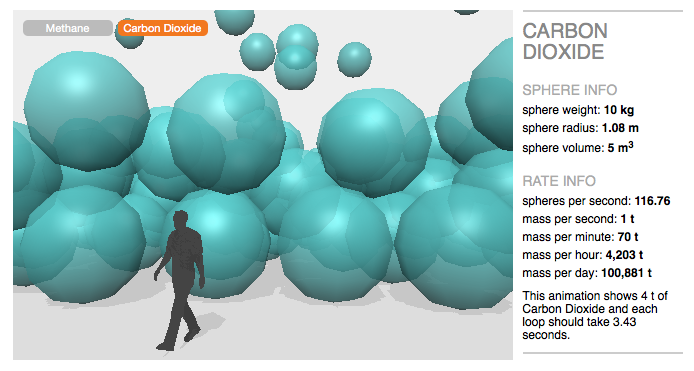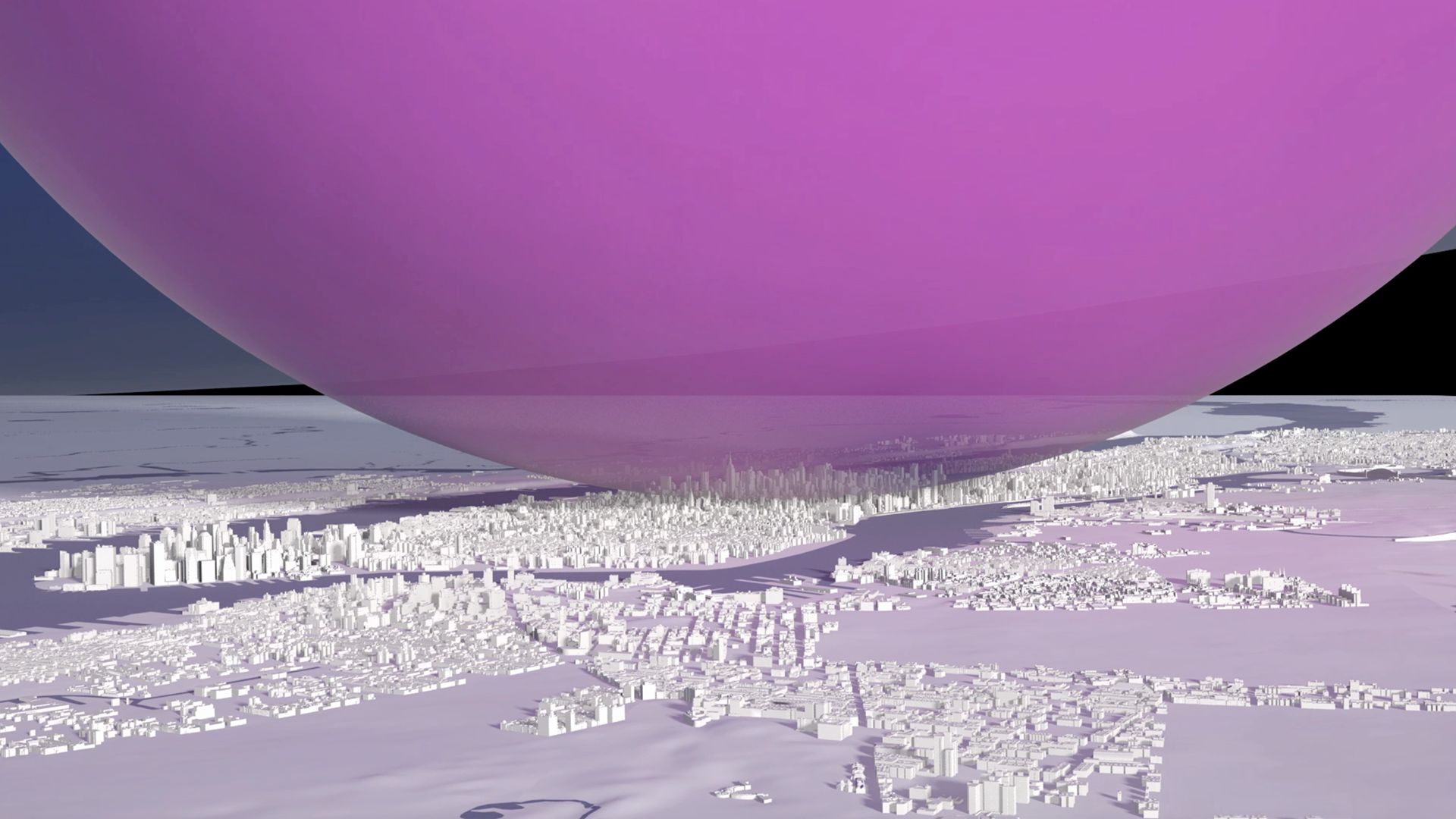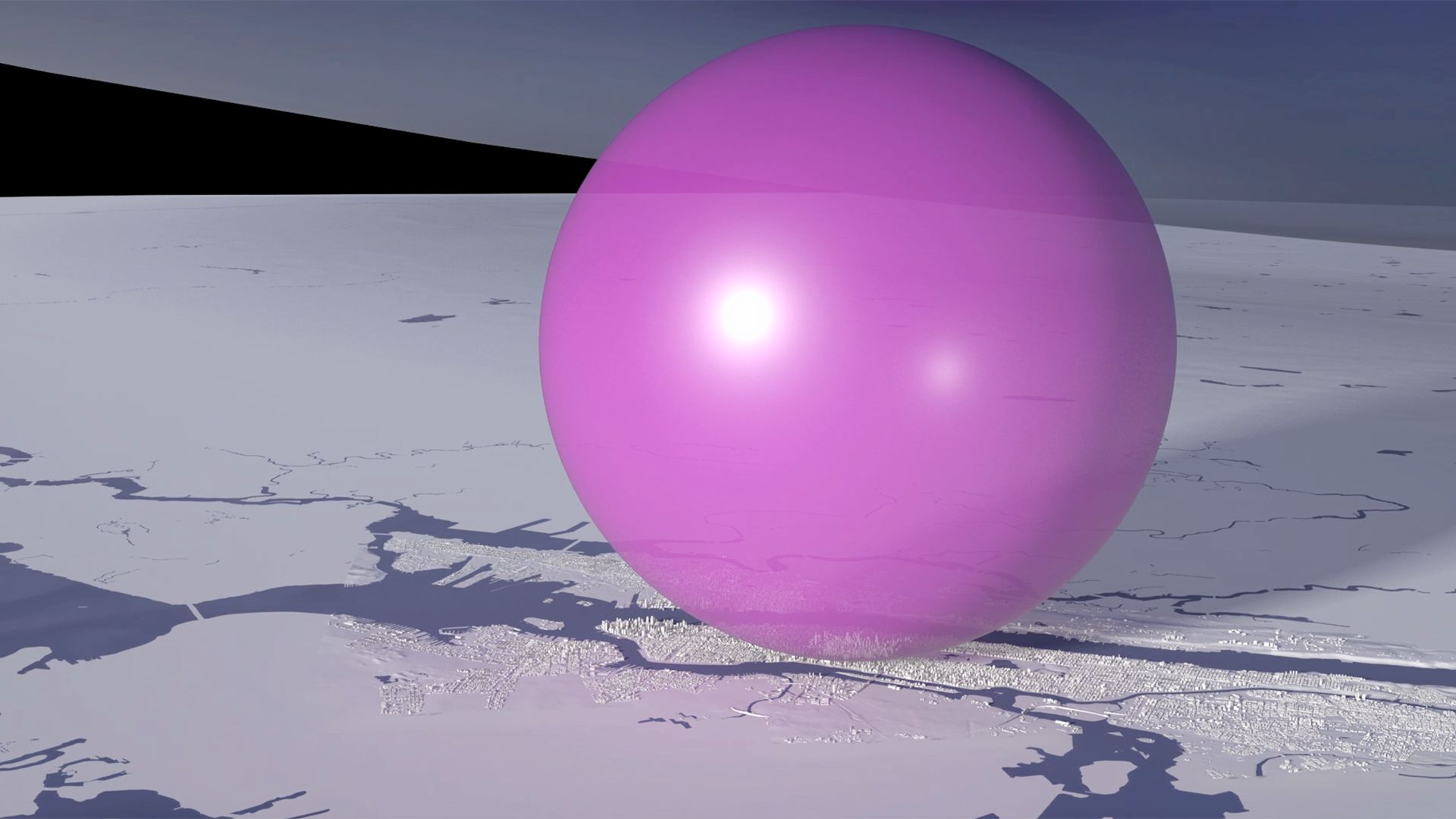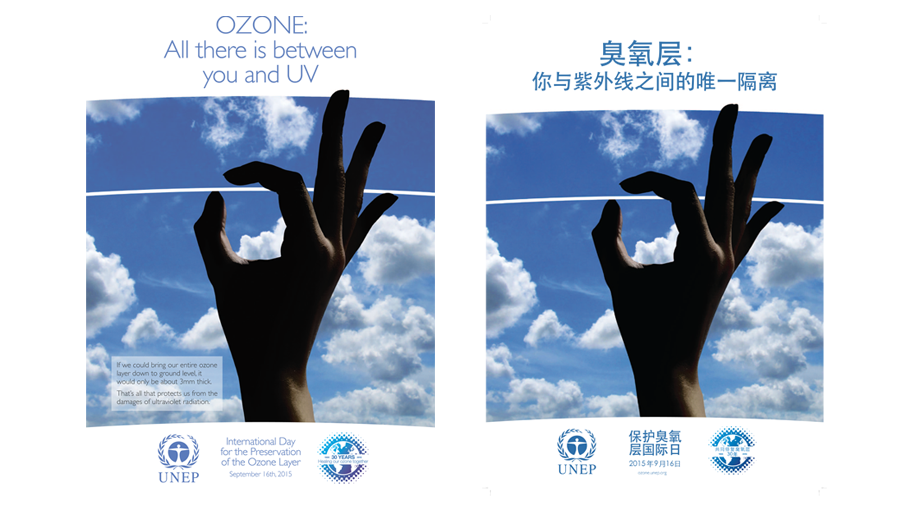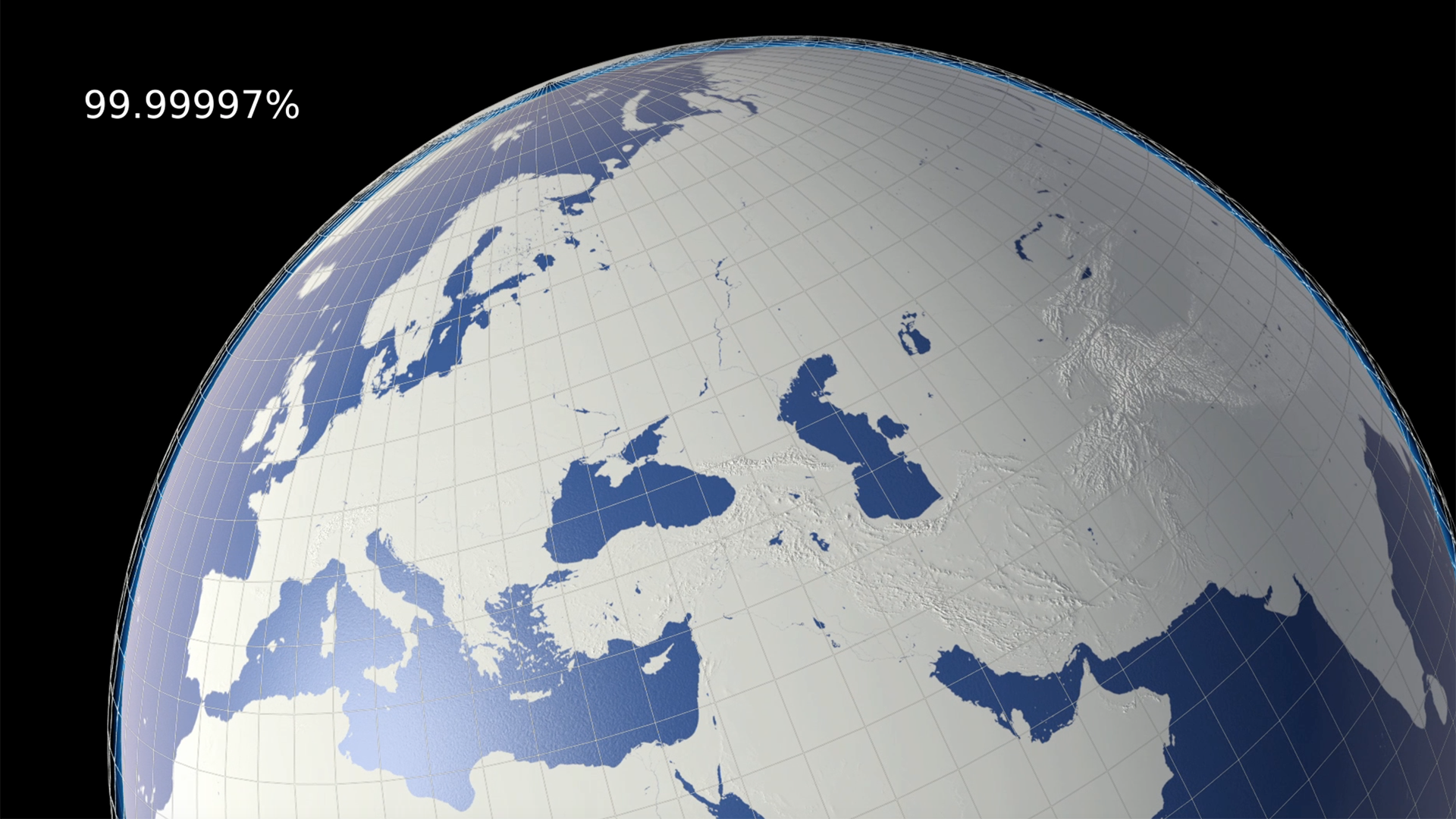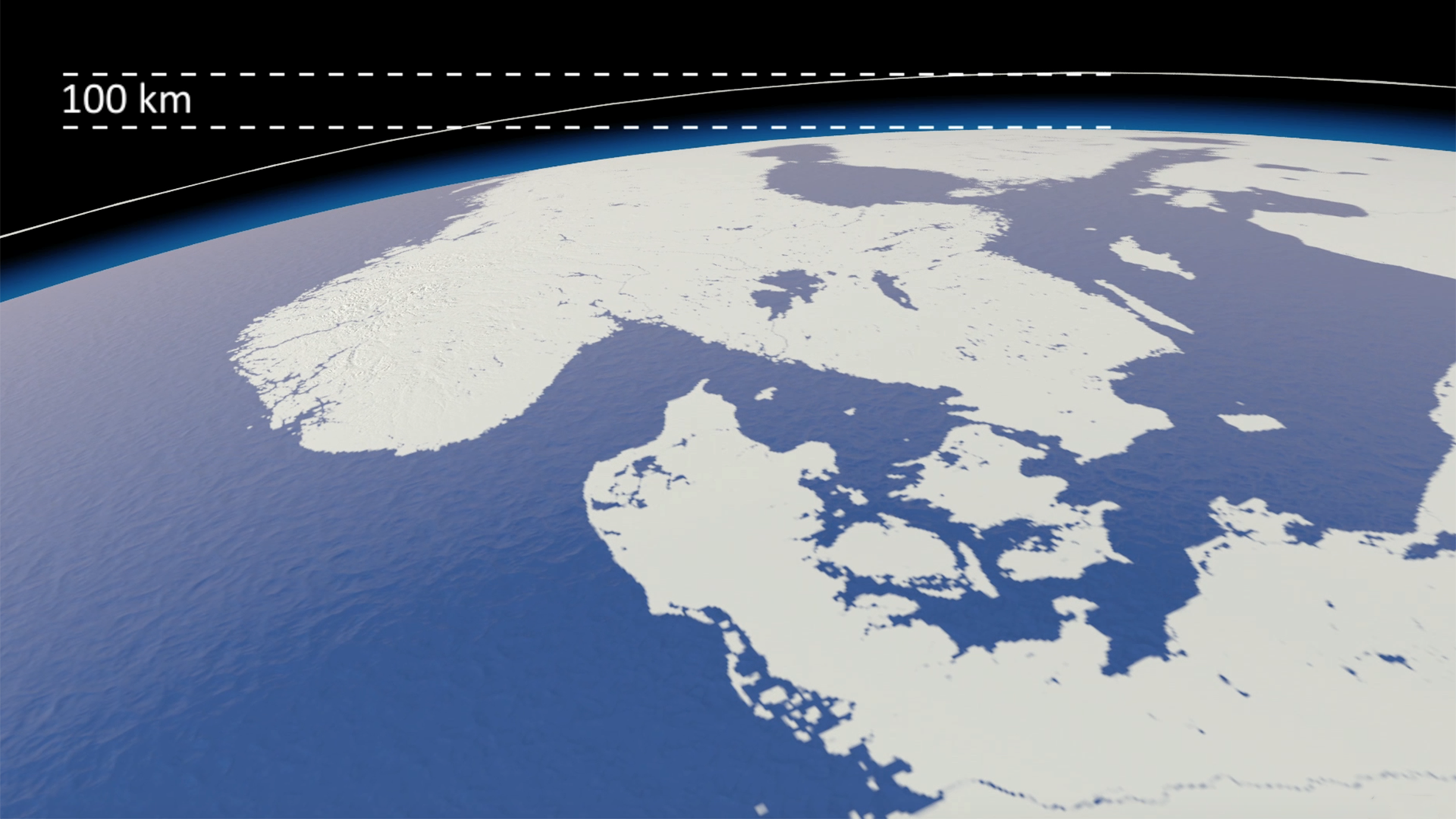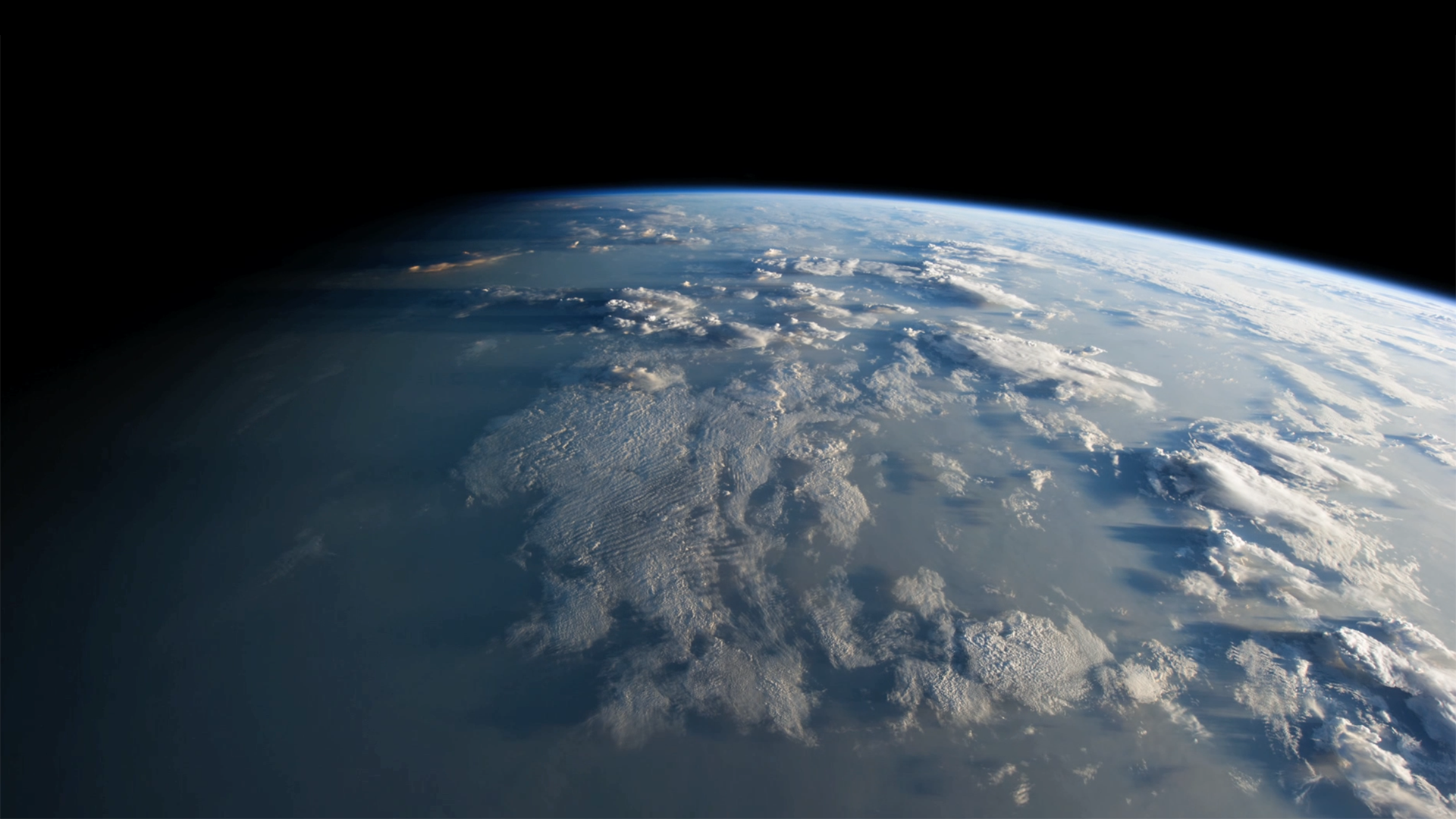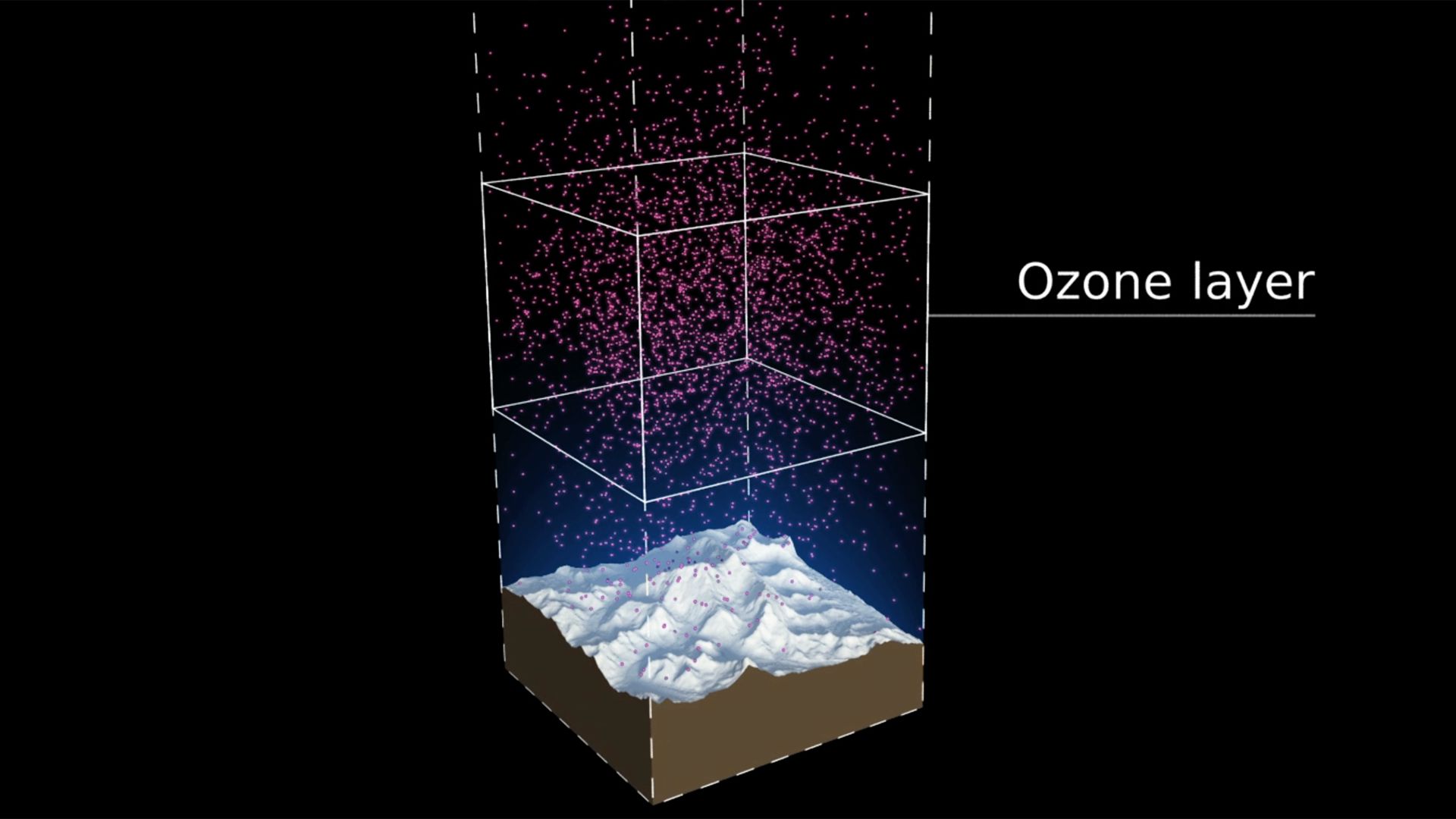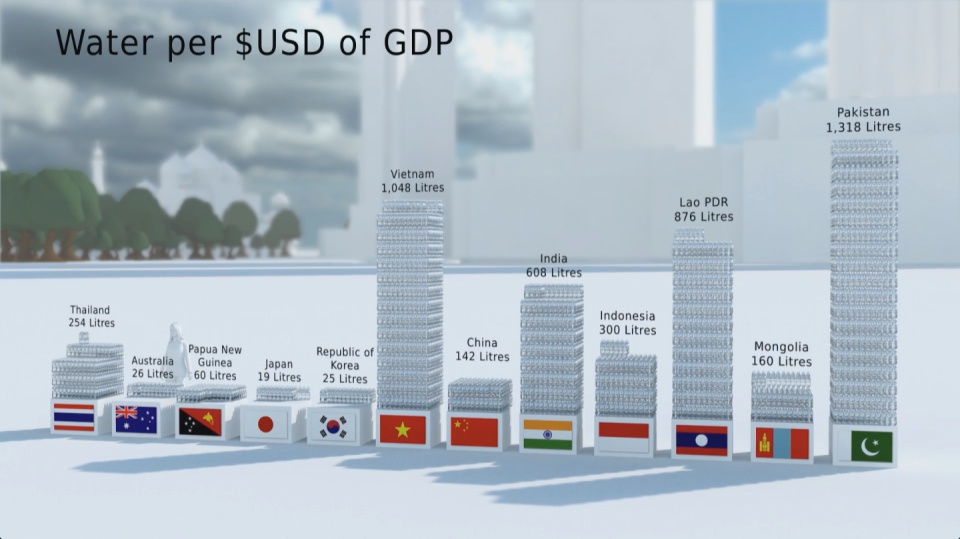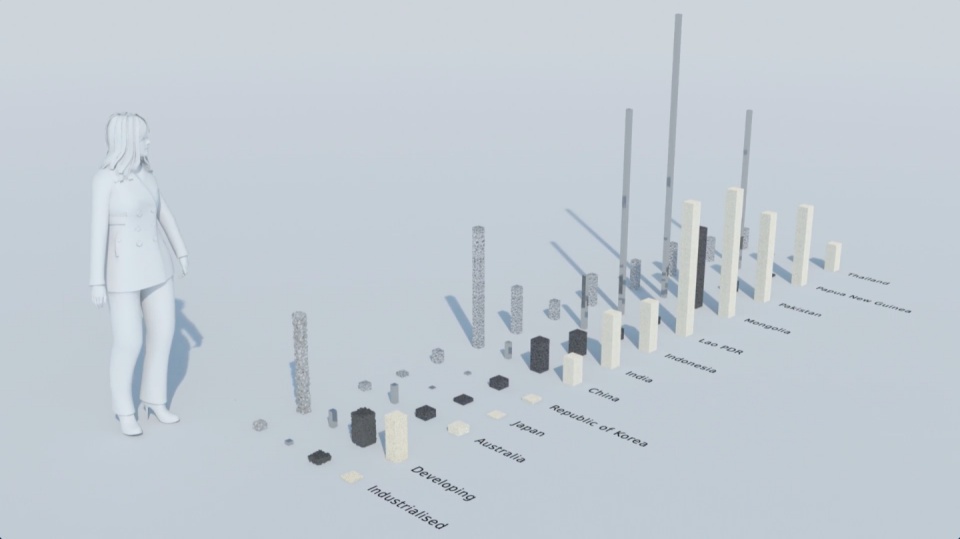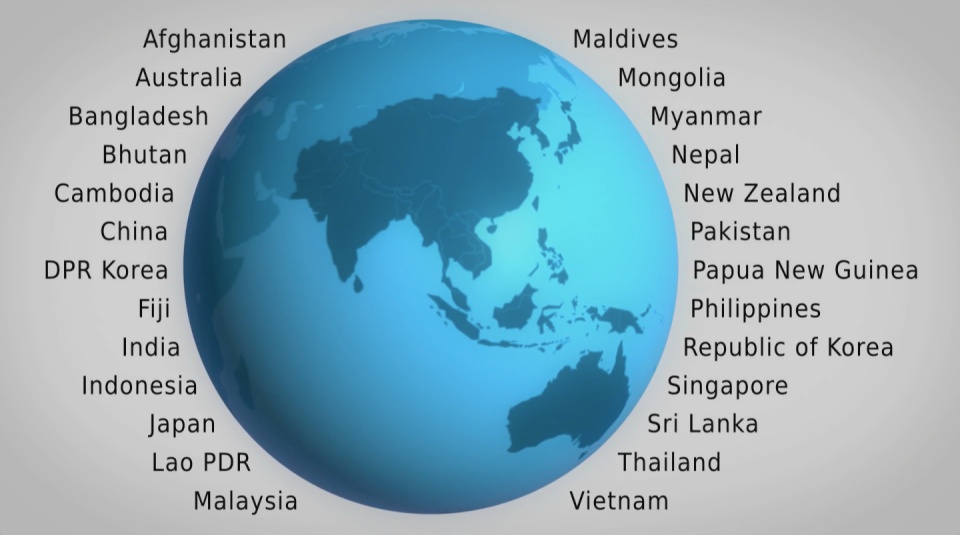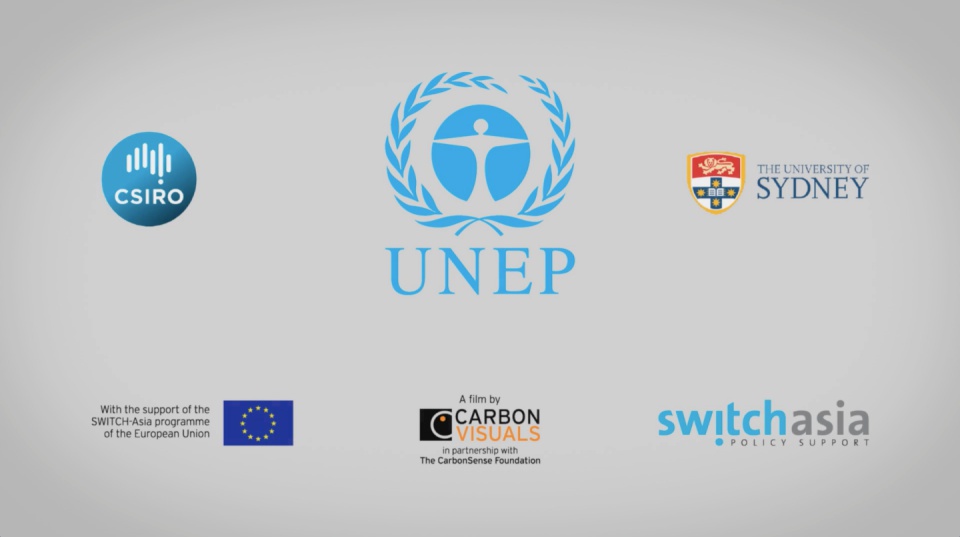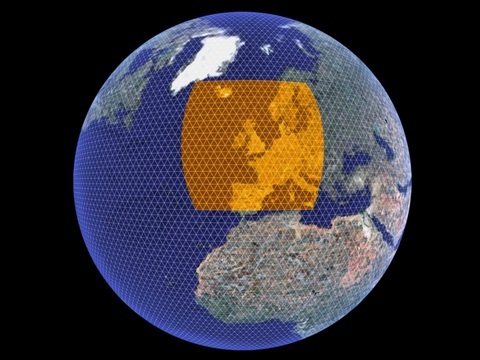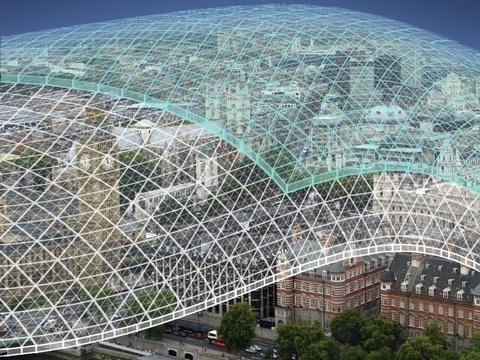CLIENT
University of Exeter, UK
PURPOSE
To reduce the environmental impact of the University of Exeter by raising awareness of energy use and carbon emissions and encouraging energy-saving behaviour and actions.
DESCRIPTION
A prototype interactive web-tool and animation that presents energy data in a way that could help academics, staff and students understand the environmental impact of all 120 buildings on the two campuses at Exeter University.
The university has set an ambitious carbon reduction target of 43% by 2020 based on emissions in 2005/2006. Achieving this reduction is going to be a challenge for the University as it continues to grow and provide quality facilities for teaching, students, research and staff.
The estates department wanted to see if Carbon Visuals could create a web-based interactive that would engage people on campus in the energy consumption and carbon footprint of all the buildings in a non-technical and visual way. Initially sized for running on tablets, the prototype tool runs on desk-tops and mobile phones with modern browsers. The inclusion of social media links allows images and information to be shared and opens the way for more dialogue with the Estates Department.
In order to raise interest in the web-tool we also created a simple animation and VINE showing the total real-time carbon emissions of the university.
The effectiveness of the web-tool will now be tested with groups of students, academics and appropriate staff. Note that at present the Projects tab for buildings has not yet been populated.
A similar prototype tool, animation or overview visual can be created quickly and economically for any university, college or estate - anywhere in the world. We are currently looking for up to six additional universities who would like to pilot this communication method.
To find out more contact: Antony Turner +44 (0)7973 641131 antony.turner@carbonvisuals.com
ENGAGED AND NON-ENGAGED AUDIENCES
We specialise in reaching ‘non-engaged’ audiences. People who do not feel ownership of the data you present and do not come to the data with prior questions of their own are what we call ‘non-engaged’ audiences. They have very different needs from other audiences for data visualisation, but the distinction is often ignored. Most data visualisation is created as if the audience already understands the significance of the data and are keen to explore it.
Engaged audiences include building managers and people charged with reducing environmental impact or cutting costs. To present energy data or emissions data to these audiences, graphs and other ‘abstract’ representations are appropriate. These audiences already know what they are looking at – they just want to scrutinise it for any trends that can provide insight or hints for improvement.
This text is from our blog that provides the rationale for this interactive tool.


